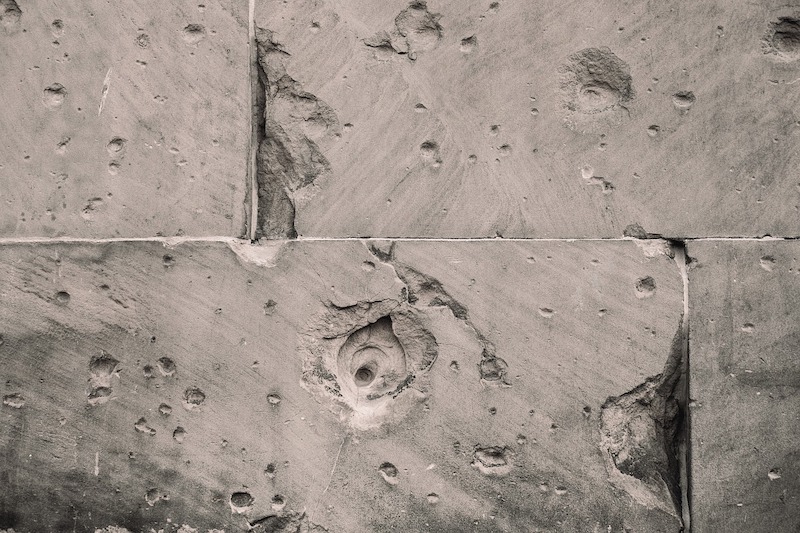Efficient material design and the use of low-carbon concrete are crucial to efforts to reduce greenhouse gas emissions (GHG) during the construction process, according to a report from C40 Cities, Arup, and the University of Leeds.
Eliminating material waste at the design stage could lead to an 18% reduction of GHG emissions between 2017 and 2050, the report says. The production of cement requires extreme heat and releases a great deal of CO2. The report says that using low-carbon alternatives to traditional cement could cut GHG emissions by 6% between 2017 and 2050.
Reusing building materials and components such as structural steel could achieve a 3% GHG reduction by 2050. Making better use of buildings can also make a dent in GHG emissions.
“Buildings are [underutilized] and often discarded before they have reached the end of their useful life,” the report says. Implementing strategic use of existing space and infrastructure can lead to an 11% GHG emission reduction by 2050, and a 10%-20% reduction in demand for new buildings.
Another GHG-reduction strategy is to switch high-emission materials to sustainable timber. That could reduce emissions by 6% by 2050.
Related Stories
| Nov 23, 2011
USGBC launches app lab for LEED certification process
The U.S. Green Building Council has released the App Lab, a searchable catalog of third-party apps that are integrated with LEED data.
| Nov 23, 2011
Document gives advice on stormwater runoff management
The report, “Rooftops to Rivers II,” provides tips on how cities can use smart infrastructure and green building design to minimize pollution from stormwater runoff and other wastewaters.
| Nov 23, 2011
Zoning changes proposed to make New York City buildings greener
New York City will introduce new zoning proposals next month that would make it easier for building owners to add features that will make their properties more sustainable.
| Nov 18, 2011
AGC offers webinar on Davis-Bacon compliance
Webinar to be held in two sessions, Dec. 7 and 8 from 2:00-3:30 p.m. EST.
| Nov 18, 2011
New green construction code may help push LEED standards higher
The International Green Construction Code (IgCC) is expected to set a floor for building standards and may create the opportunity for LEED certifications to push toward higher ceilings.
| Nov 18, 2011
New OSHA fall safety rule could save contractors money on insurance premiums
The new Occupational Safety and Health Administration rule requiring employers operating in the residential construction industry to use the same methods of fall protection that historically have been used in the commercial construction industry could save them money.
| Nov 18, 2011
Some believe new Austin building code will help mom and pop shops
Austin, Texas has proposed building codes that require wider sidewalks and call for buildings to be closer to sidewalks along a 3.5-mile stretch of highway.
| Nov 11, 2011
AIA: Engineered Brick + Masonry for Commercial Buildings
Earn 1.0 AIA/CES learning units by studying this article and successfully completing the online exam.
| Nov 10, 2011
WaterSense standard for weather-based irrigation controllers unveiled
The U.S. Environmental Protection Agency’s (EPA) WaterSense program has released a final specification for weather-based irrigation controllers—the first outdoor product category eligible to earn the WaterSense label.
| Nov 10, 2011
Advocate seeks noise reduction measures in California building codes
A former chief building inspector for San Francisco wants to enact building codes that would limit noise levels in restaurants and other spaces open to the public.















